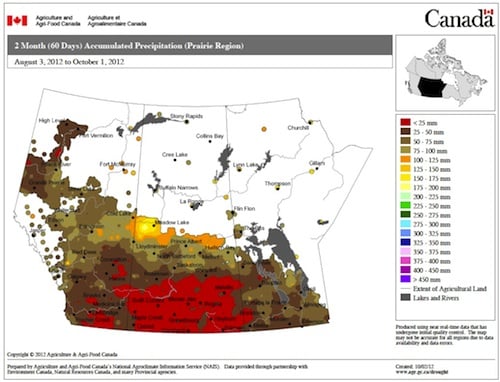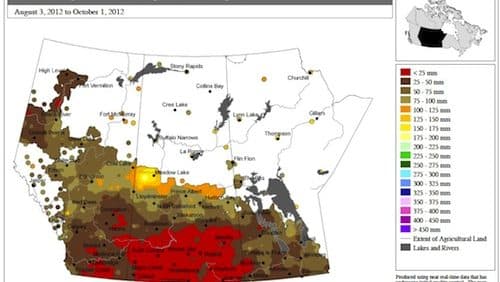
Dry conditions can extend the period required for herbicide breakdown. Residual products registered for use the fall before seeding canola can cause herbicide carryover damage if drought conditions prevent timely breakdown. Several products with high carryover risk are broken down almost exclusively through hydrolysis — the process of water splitting the herbicide molecule in two. Hydrolytic breakdown of herbicides decreases in drought, as you can imagine, and adsorption of herbicide to soil particles is increased, both of which will increase carryover.
